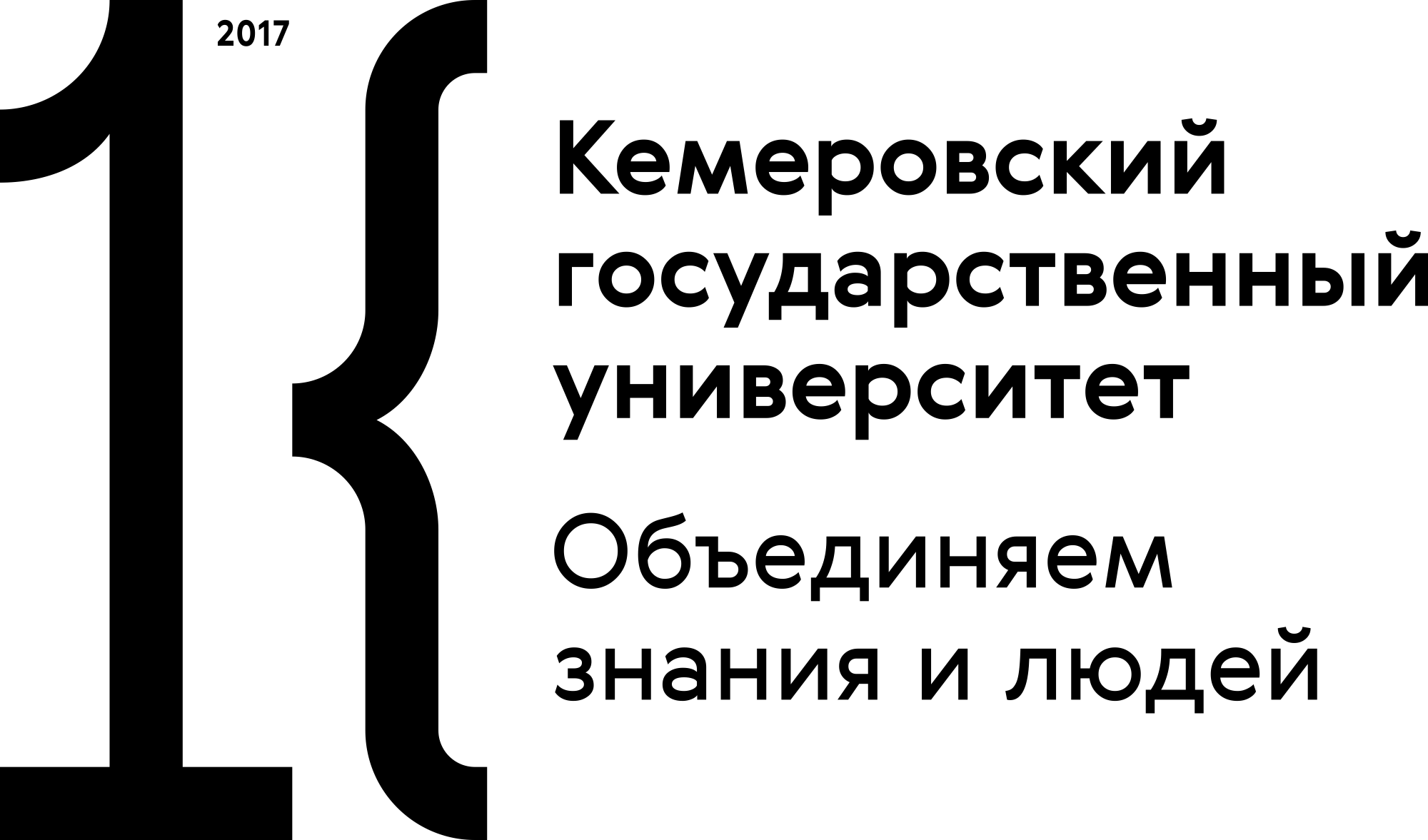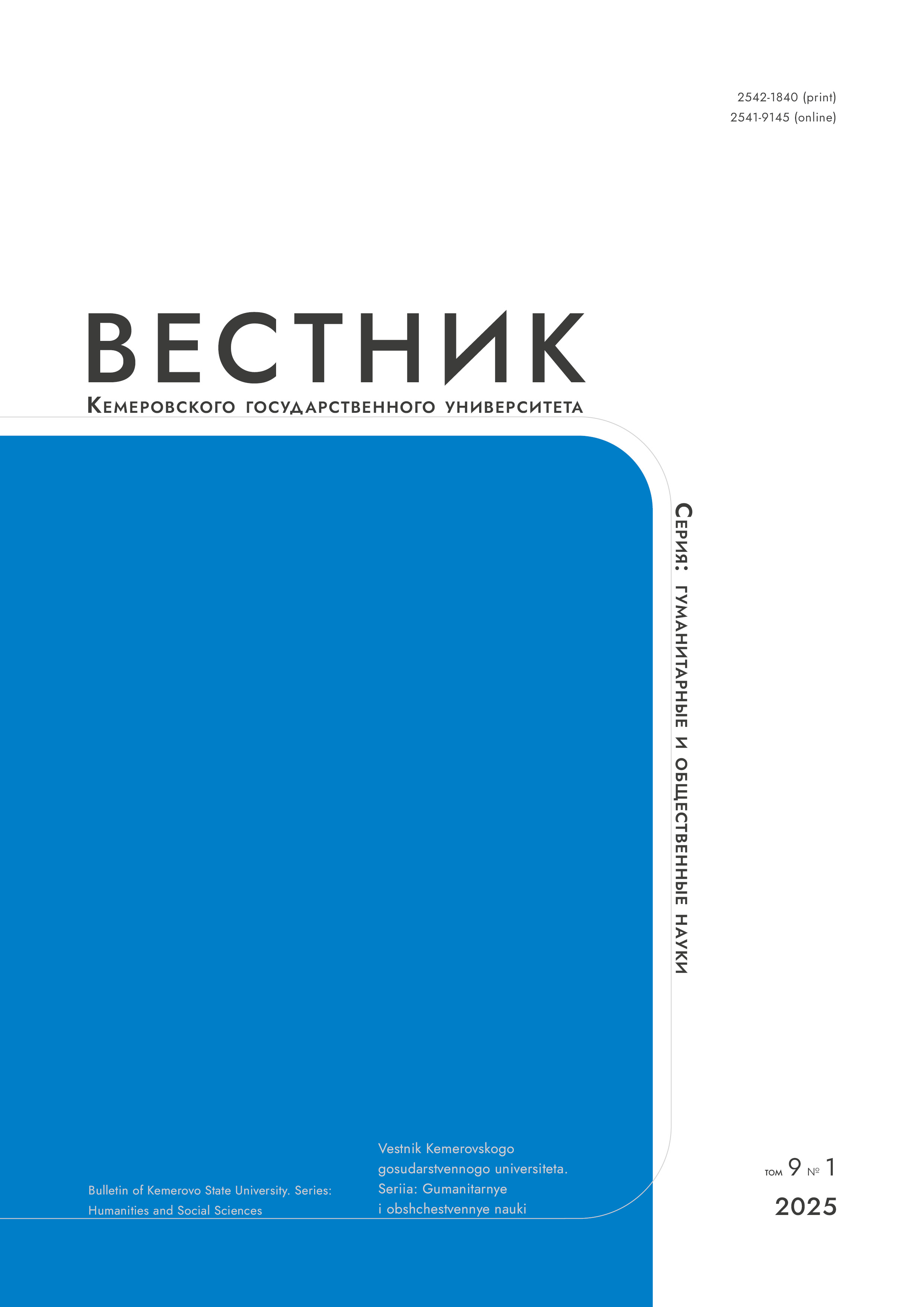Moskva, Russian Federation
UDC 34
The present research featured anti- discrimination laws used in EU countries. The research objective was to describe the categories of equality, non-discrimination, and protection against discrimination within the European model of human rights, as well as to analyze their effectiveness. The article focuses on domestic violence, gender discrimination in the political sphere, and the so-called gender laws, or laws on gender-based violence. Even in the modern world, women still remain subject to discrimination. This fact justifies the development of special laws to protect their natural rights. However, the exact extent of gender discrimination remains unclear. The author raises the question of effectiveness of such laws and other legal provisions. The research featured both constitutional norms and current legislation in cases its norms develop the constitutionally significant principle of non-discrimination, as well as the practice of constitutional review bodies, special bodies, and legal awareness. The work was based on the dialectical method (logical method, analysis and synthesis, modeling), as well as on some special methods (formal legal, historical, systemic, etc.). The formal legal method was used to analyze the gender anti-discrimination norms of legislation of EU countries. The specific-historical method helped to interpret the legal events and facts that shaped the modern constitutional protection measures. The system method was used to describe the legislation of the EU states. Equality is the freedom for a person to choose their identity and occupation regardless of behavior stereotypes imposed by their community. The European model of human rights concentrates on such constitutional and legal aspects of the fight against discrimination as the legislation reform and bodies of constitutional control. However, sometimes such measures fail and might be used for manipulation.
human and civil rights, status of the individual, gender legislation, principle of equality, equal rights, practice
1. Avakian S. A. Constitutional Law of Russia, 5th ed. Moscow: NORMA INFRA-M, 2014, vol. 1, 863. (In Russ.)
2. Busurmanov Z. D. The Euroasian concept of human rights: new sight at the problem. Evraziiskii iuridicheskii zhurnal, 2009, (11): 18-27. (In Russ.)
3. Institutes of constitutional law, eds. Andrichenko L. V., Postnikov A. E. Moscow: Iurisprudentsiia, 2011, 493. (In Russ.)
4. Siukiiainen L. R. Muslim law: theory and practice. Moscow: Nauka, 1986, 254. (In Russ.)
5. Mustafina S. Yu. Gender equality within the framework of the migration policy. Migratsionnoe pravo, 2020, (1): 11-15. (In Russ.) DOI:https://doi.org/10.18572/2071-1182-2020-1-11-15
6. Filatova M. A. Modern issues of positive discrimination within the context of constitutional jurisprudence. Zhurnal konstitutsionnogo pravosudiia, 2014, (4): 19-28. (In Russ.)
7. Tomsinov V. A. Thinker with a singing heart. Ivan Aleksandrovich Ilyin: Russian ideologist of the era of revolutions. Moscow: Zertsalo-M, 2012, 191. (In Russ.)
8. Human rights: results of the century, trends, and prospects, ed. Lukasheva E. A. Moscow: NORMA, 2002, 443. (In Russ.)
9. Iazhborovskaia I. S. To the study of transients: a national component. Forum. Transients. CIS problems. Moscow: Nauka, 1994, 9-33. (In Russ.)
10. Buniak D. V. Meaning of the term "equal rights" (equality) and ideas of tackling discrimination. Vestnik Kemerovskogo gosudarstvennogo universiteta. Seriia: Gumanitarnye i obshchestvennye nauki, 2019, 3(4): 365-371. (In Russ.) DOI:https://doi.org/10.21603/2542-1840-2019-3-4-365-371
11. Gvozditskikh A. V., Liutov N. L. What does latent discrimination hide in labor sphere? Trudovoe pravo, 2010, (10): 75-88. (In Russ.)
12. Goncharenko O. K. Analysis of the preamble of the Council of Europe Convention on preventing and combating violence against women and domestic violence. Mezhdunarodnoe publichnoe i chastnoe pravo, 2019, (6): 3-6. (In Russ.)
13. Kantola J., Agustín L. R. Gendering the representative work of the European Parliament: A political analysis of women MEP's perceptions of gender equality in party groups. Journal of Common Market Studies, 2019, 57(4): 768-786. DOI:https://doi.org/10.1111/jcms.12885


















